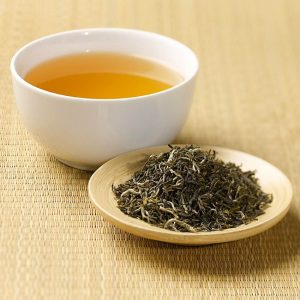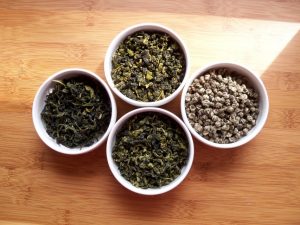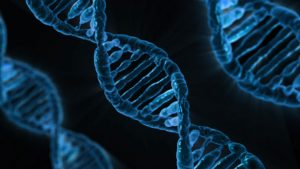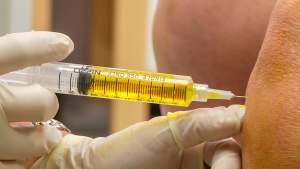What are the health benefits of green tea? Where did it originate, and why is it the superior morning beverage?
Green tea is a delicious and popular beverage around the world, but many people are unaware of the numerous health benefits that come along with consumption! The comforting drink has its origins in China, but its popularity has made its way throughout many other countries in Asia and around the world. Green tea has been used in traditional Chinese medicine since ancient times; and for good reason! Current studies have shown that green tea is linked to weight loss, increased oral health, and may even be able to prevent certain cancers!

Image source: Betty’s
In traditional Chinese medicine, it was thought that the tea was “cold and lowers the fire” (Li Shizhen) within humans. Fire represented inflammation, and the cooling properties of the tea reduced inflammation to prevent many diseases. Traditional Chinese medicine values natural healing practices such as acupuncture and herbs, instead of antibiotics or painkillers. It focuses on physical and mental healing for both the patient and the practitioner. This form of healthcare has been used for thousands of years, and “accounts for between 30 to 50 per cent of total medicinal consumption in China”. These practices could be a great alternative to some synthetic western medicinal practices, for the Chinese practice is natural, and has healing properties for the patient as well as the practitioner. Steps are being taken towards including traditional medicine in the west, and studies are currently being conducted in North America about the benefits of green tea.

Image source: Wikipedia
Studies have shown that green tea consumption may be linked to the prevention of cancer. Drinking the beverage everyday may prevent lung, colon, mouth, stomach, and kidney cancer. Another study has shown that green tea activates antioxidants and suppresses the growth and replication of cancer cells in the gastrointestinal tract.

Image source: Wikipedia
Green tea contains theanine, an amino acid which can reduce stress. Furthermore, the antioxidants in green tea have anti-aging properties, and therefore it is being used in topical creams and skin treatments. It can even help protect skin from UV ray damage! Other studies have shown that consuming green tea and green tea extracts may improve oral health, increase your metabolism, help control your body weight and fat content, increase bone density, and increase your energy and brain power!
Although further research is necessary to fully understand the positive effects that green tea can have on our health, the results so far are favourable! You may want to think twice next time you reach for a cup of coffee in the morning; instead choose green tea! Its a delicious beverage that will wake you up while simultaneously improving your mental and physical health!








